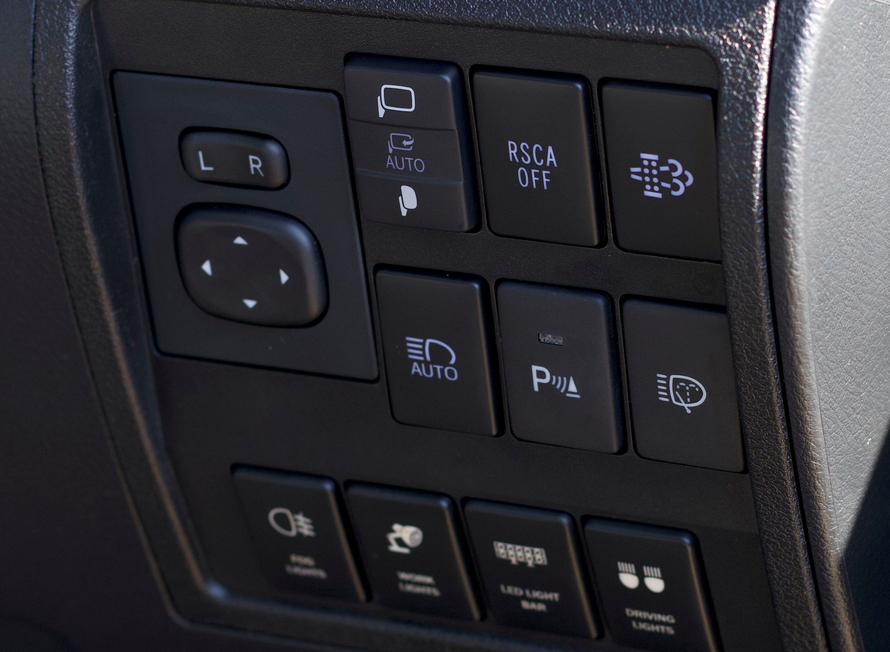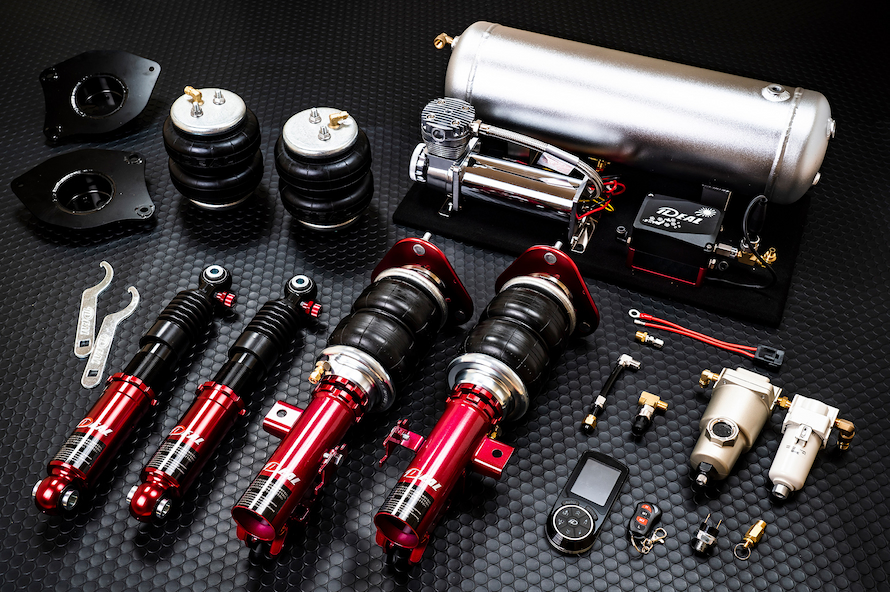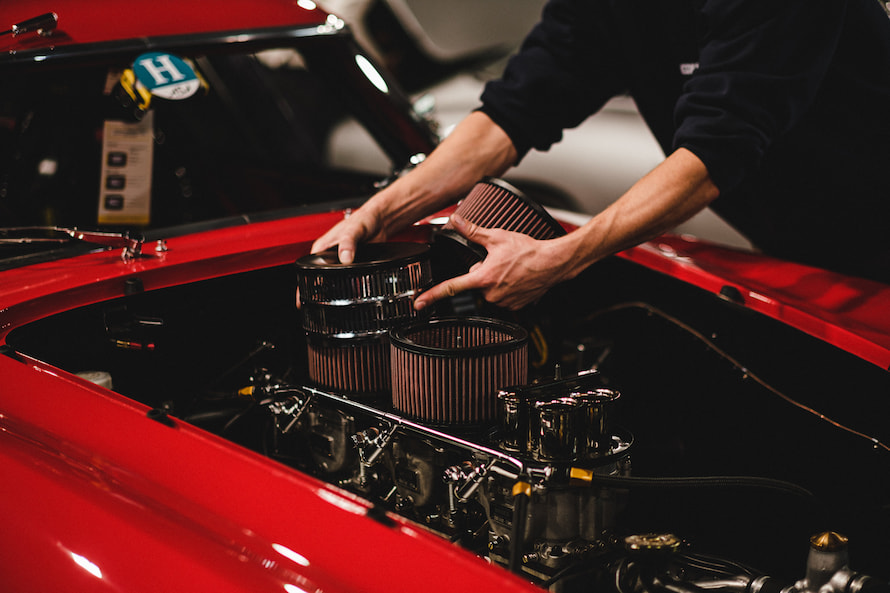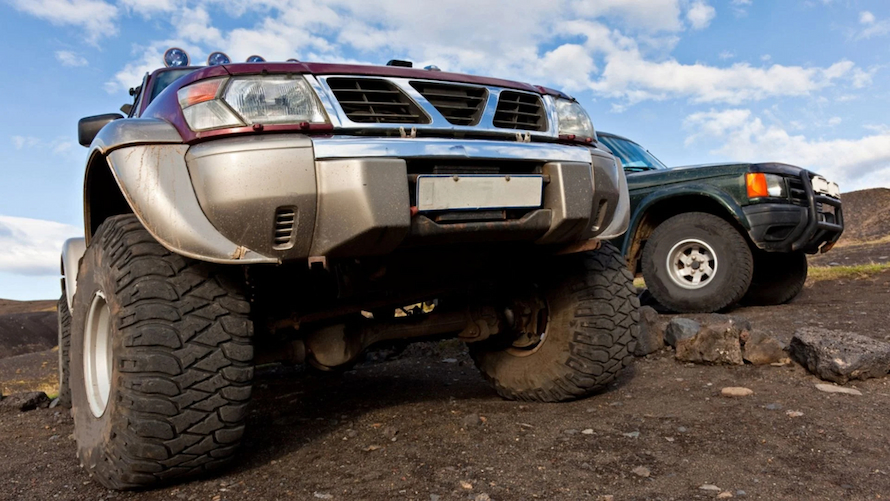Automotive
Everything You Need to Know About Auto Switches
Switches are found scattered everywhere around your car. There’s the ignition switch, light switches, switches to operate the audio and navigation, the air con settings, door locks, boot lid switch and so much more. The centre console has so many more, and enough space to add a few things to power items that you thought you didn’t need or want.
Adding things like LED light bars or winches requires a switch. This needs to be fitted somewhere convenient and close so can be turned on and off while driving. Even in higher trim cars, optioned with all available accessories, there will be allotted spaces in the centre console for a few more extras. The same goes for any additional gauges you need to monitor engine performance. In addition, you may need to replace broken or malfunctioning switches with original ones, or can save some cash and shop aftermarket. Here you’ll find replacement auto switches with an OEM look, without the typical price.
Basics of Car Switches
The majority of switches in cars are mechanical. This means they are manually actuated by the driver or passengers. When changing out defunct switches, or adding new ones for any additional devices you want to use, you’ll need to know the circuitry behind the switch. Basic switches are single-pole single-throw (SPST), that is they control a single circuit. Most switches in the centre console are of this type. Switches that can operate 2 circuits at the same time come in two configurations – double pole single throw, where one flick of the switch turns two things on or off, and double-pole double-throw when there is usually an ON-OFF-ON function. Rotary switches on the steering wheel stalks, that operate light, indicators and wipers when set in different positions are an example of double pole double throw switches.
Then there are maintained and momentary switches. Maintained switches are simply those that stay on or off, until they’re changed by an additional flick. Most cars switches are of this type. Momentary switches function until they’re pressed, and stop when released. Typical examples of momentary switches are those that operate the windows. To distinguish these from maintained switches, momentary switches will often be depicted in parentheses when functioning (‘ON’) or OFF.
Types of Car Switches
Though there have been different designs throughout the years, car makers now use a combination of rocker, toggle, push-button and rotary switches in a single vehicle.
- Rocker Switches – tilt back or forth (or ‘rock’) around a central pivotal point when pressed. Usually, there are only two positions, ON or OFF, which places these in the SPST category. They are mainly found in older cars, though many switches located in the centre console of newer cars are also of this type. Most are illuminated to show the position in which they are set.
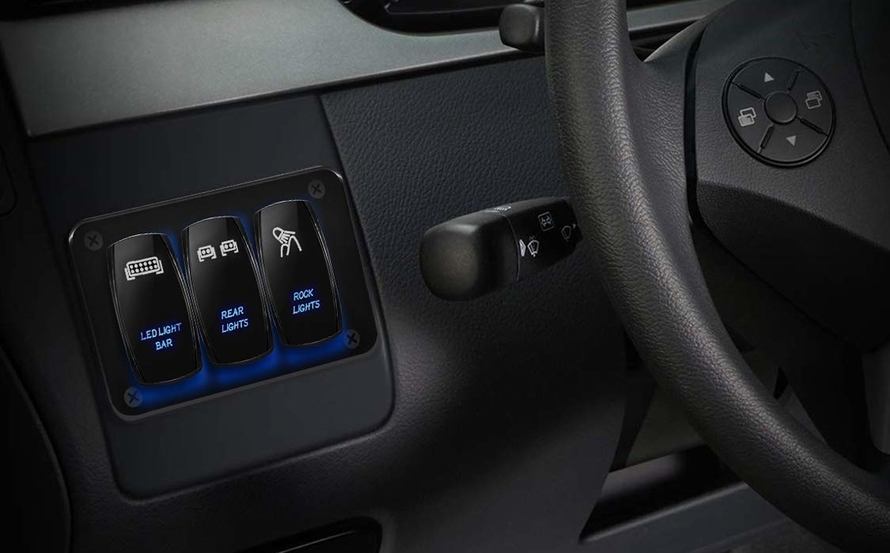
- Toggle Switches – consist of a lever that needs to be moved up or down to turn a connected circuit on or off. Many light switches, both in cars and homes are of this kind. Classic cars have an array of toggle auto switches with markings to what they operate.
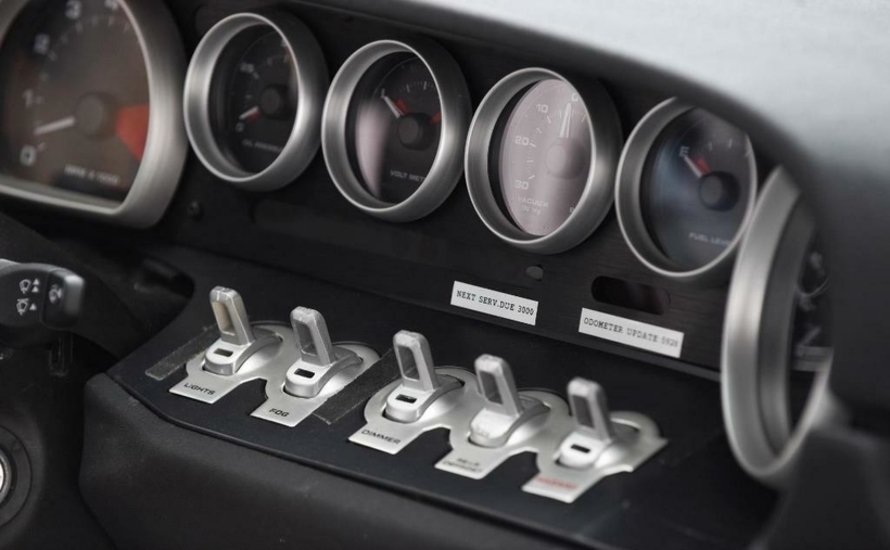
- Push-button Switches – need to be pushed to operate. A common example is the car horn. Less obvious, because it is set behind the brake pedal are brake light switches that are actuated when the brake pedal is depressed. Relatively recent are push-button ignition switches.
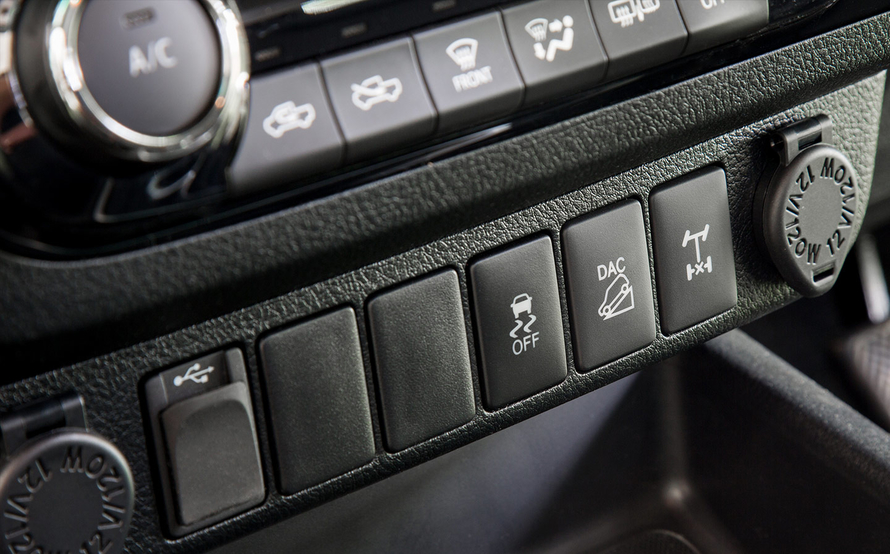
- Rotary Switches – These are set around knobs, and often have multiple positions. Headlights and air conditioning are popular instances.
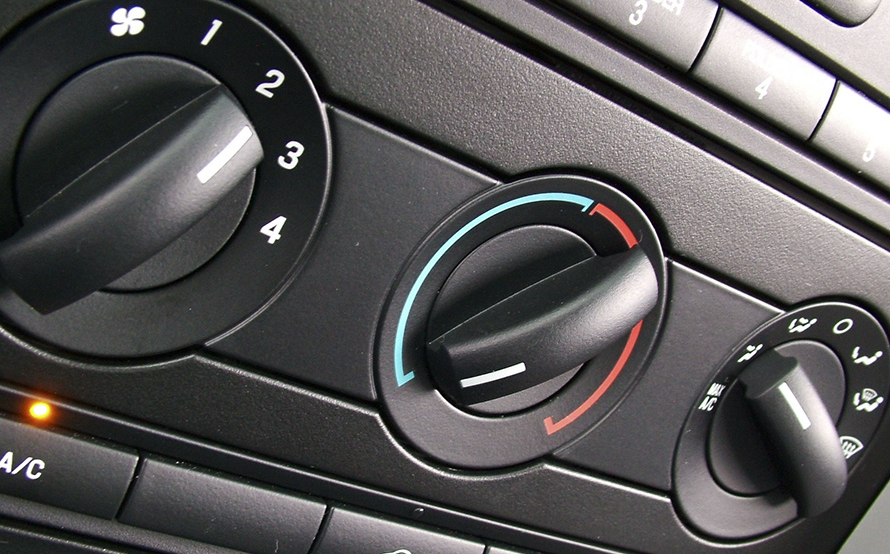
Buying Aftermarket Switches – What to Look for
If you need replacement switches, there are two options. One is to get an aftermarket switch with the original OEM look of the car make and model, or go for cheaper variants like universal auto switches. You’ll find almost any type of switch for your vehicle, and these will fit in the slots provided. The switches come in either vertical or horizontal orientation, so you’re bound to find one that suits the purpose. Most will also be illuminated, with ON-OFF settings and marked as to what they are for. Most common are switches that operate different types of lights, like driving or work lights. You can also get custom switches when adding other items to the car. LED light bars or fog lights are commonly added as an afterthought in many 4WDs and utes for off-roading. The same goes for fans, cameras, winches or anything else you might need.
Besides this, switch slots can also accommodate needed extras like single or double USB charging ports, that many cars miss out on, or RJ45 connections for things like UHF radios. If you’re fitting more than one switch at a time, and ones that operate more than one additional item, a good idea is to organise these in separate switch fascias. These are also sold for particular car makes and models, so fit neatly in the allotted space.
When connecting anything, make sure to take your time. Most things like lights and winches will have the wiring or wiring harnesses packaged, so set up is usually straightforward. Additional harnesses can be bought separately.


